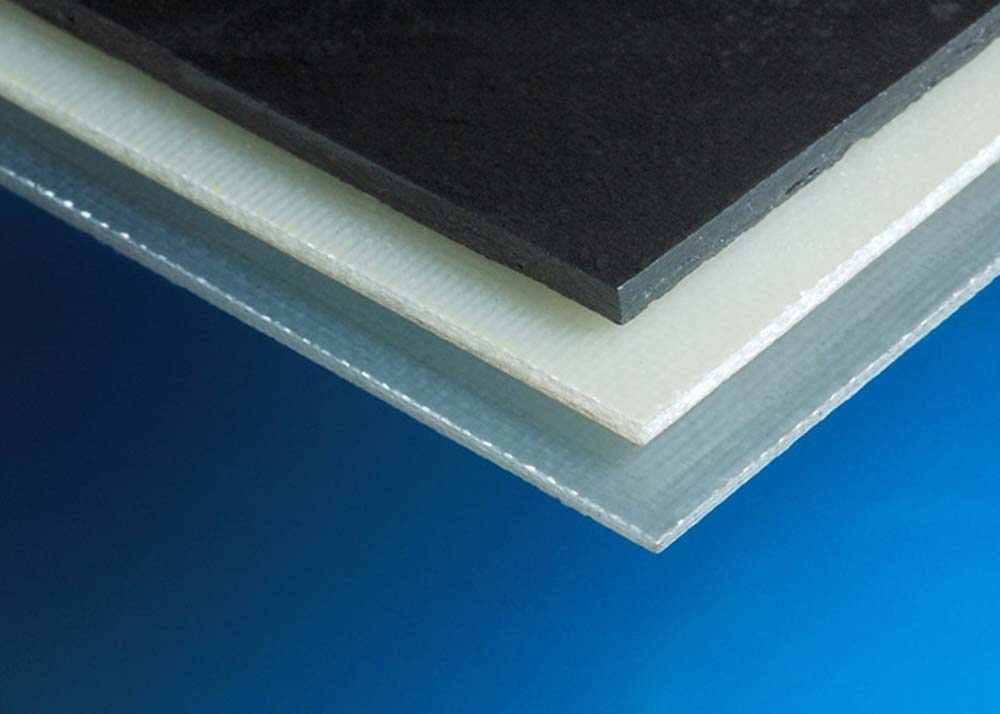Sandwich Panel Installation
Sandwich Panels are widely used for roofing, wall cladding, and cold storage insulation in industrial, commercial, and residential buildings. They consist of two outer metal sheets (steel/aluminum) with an insulated core (PUF, EPS, or Rockwool) for thermal and sound insulation.
Tools & Materials Required
✔ Sandwich Panels (Roof/Wall Type)
✔ Self-Drilling Screws with EPDM Washers
✔ Metal Cutter / Circular Saw
✔ Silicone Sealant
✔ Measuring Tape & Markers
✔ Power Drill & Screwdriver
✔ Lifting Equipment (Cranes, Suction Cups, etc.)
✔ Protective Gear (Gloves, Helmet, Safety Glasses)
Installation Steps
Preparation & Site Inspection
- Ensure the structure (steel frame/concrete wall) is level and ready.
- Plan panel layout and direction to minimize waste.
- Check for proper anchoring points and load-bearing capacity.
Panel Positioning & Lifting
- Use lifting equipment (crane or manual suction lifters) to place the panel gently on the structure.
- Leave a 2-3mm expansion gap between panels to prevent thermal stress.
Fixing & Fastening
For Roofing Panels:
✔ Overlap panels by 1 corrugation for waterproofing.
✔ Fix screws at high ribs of the panel, every 300-500mm.
For Wall Panels:
✔ Install panels vertically or horizontally, ensuring proper joint alignment.
✔ Use self-drilling screws and PUF-compatible sealant between joints.
Sealing & Waterproofing
- Apply silicone sealant along all joints and fasteners.
- Use flashing & ridge caps for roofing to prevent water leakage.
- Ensure proper drainage slopes for roof panels.
Final Inspection & Finishing
- Check for loose screws, gaps, and panel alignment.
- Clean the surface and remove protective film.
- Conduct a water leakage test if necessary.
Key Considerations for Proper Installation
✔ Avoid Over-tightening Screws – It may damage panel surfaces.
✔ Handle Panels Carefully – Avoid denting or scratching surfaces.
✔ Store Panels Properly – Keep them dry and covered before installation.
✔ Use Compatible Sealants – Prevents chemical damage to insulation cores.


